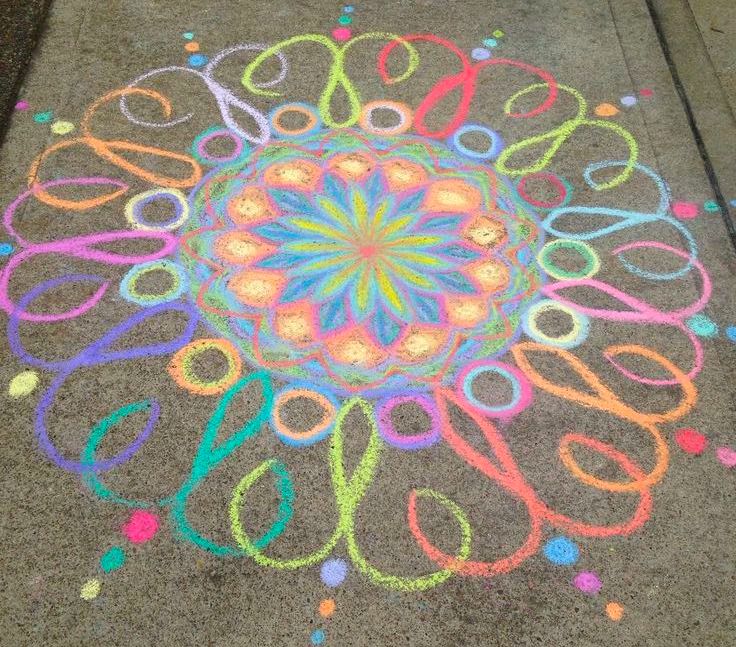Contact Us
We’d love to hear from you

The notion of childhood as a time of innocence, playfulness and adventures in a safe world in physical reality and in their imagination is an ideal and a memory many of us hold dear. For many of us, our childhoods approximated that notion. For children today, this is a disappearing reality.
When I was a child, my siblings and I were out from early morning until diner time, with a few incursions into the kitchen to grab a snack and then rush out again to play. The only stipulation, like for so many children back then: Be home in time for dinner. Halloween, soon approaching now, was especially imaginative and playful for us. On the biggest public night of play, clusters of kids went out into the night, unchaperoned and safe in their neighborhoods.
The notion of childhood as a time of innocence, playfulness and adventures in a safe world in physical reality and in their imagination is an ideal – and a memory – many of us hold dear.
Yet, my son, born in the late eighties, grew up in a more dangerous world. In one of those rare moments when we think “this can’t happen to me,” a child next door had actually been abducted (blessedly, she was later found). This terrified me, as I know this kind of threat terrifies all parents. I wouldn’t let my son go out and play unsupervised after that.
As the adult world has grown more violent, so have the lives of our children. Mass shootings on streets, at malls and in schools, gang wars, real wars and the endless stream of violence in media have all collectively diminished and eroded our children’s freedom to play, invent, explore, negotiate, express their emotions, be joyful, cry, reconcile – and hear themselves doing all of these things. Today the safety to play with their peers, grow through conflicts and friendships, learn resilience, and develop a deep well of imagination to fuel creativity and pleasure has not only been eroded through the stresses of the modern world on them and on their parents, but lately, of course, with the pandemic.
What are kids doing today? Sitting at home alone or with their friends, in front of their gadgets, being flooded with images they didn’t generate. In almost every detail of their lives, the imaginal world is shaped for them, not by them. It is presented to them in a fast and furious manner, ever accelerating and in a sense, upping the ante on how they want to and actually do experience the imaginative life.
We thought devices would help children learn, help parents parent better, widen our worlds, bring new tools to heal, cure and save our health at every level of life, and open minds and hearts. But let Pandora’s box spill out its goodies, troubles soon follow. I remember sitting at a café next to a table where a young mother of three boisterous young boys had come to chat with a friend. She took three iPads out of her large floppy bag and gave one to each of her boys. Not even sharing! That kept them quiet until, having finished chatting with her girlfriend, she wanted to take the screens away. Then all hell broke loose. Pandora smiled.
What is happening to our children as a result? In the last twenty years and especially since the pandemic, we are seeing a huge uptake among kids and teens in depression, self-harm, suicidal tendencies, sexual dysphoria, and mental illness. While we can point to many “causes” we know the impact: Children and teens are now addicted to the powerful flow of images these screens generate, images they don’t control. They crave them, just as drug addicts crave their drugs. Without the “fix” from instant gratification of media-constructed images, they can become despondent, frustrated, rebellious, violent and often, rudderless.
We at SOI know that manifestation in life depends on an active connection through our dreams, images and imaginations to the revelatory world of truth and light: our subconscious minds. It is this source, this connection, and this lively engagement that is the best antidote to the loss of imagination that is already affecting our children’s well-being. This crisis calls for a strong dose of true imagination, the one that is self-generated, not spoon fed to them.
It’s the same remedy I use for anyone with any addiction. It is a slow and painful process. Close your eyes and visualize, what do you see? Nothing. A road, a garage. It can take months, even years, for the “drug trigger” to disappear and imagination to start flowing again naturally and abundantly. When they start dreaming again, images take on inventive configurations, brilliant colors, dynamic new possibilities. And suddenly life opens up, leading to the bounty and promise of our true lives. Children and teens need a strong dose of imaginative play, creative exercises, communal sports, anything that will de-activate the screen “drug triggers” of sound and light to which their devices habituate them. Then they can re-activate their true imagination.
Steve Jobs knew what he was talking about when he only allowed his kids half an hour a week on screens. Learn from him: our job as parents is to restrict the use of these gadgets. Think of thousands of years of parenting without babysitting screens! You can do it! Trust your children!
The moment they’re free of the enslavement to their gadgets their imaginations will take over. They are born inventors. Give them nothingness and they’ll create something, a new scenario, a different outcome, flexing their imagination to adapt to their friends’ own creative outputs. It is by exercising their imagination that your children and teens teach themselves to fit into relationships and communities, to become responsible, to create abundance. What grows self-reliance? What grows resilience? A generous and regular use of true imagination.
By Catherine Shainberg